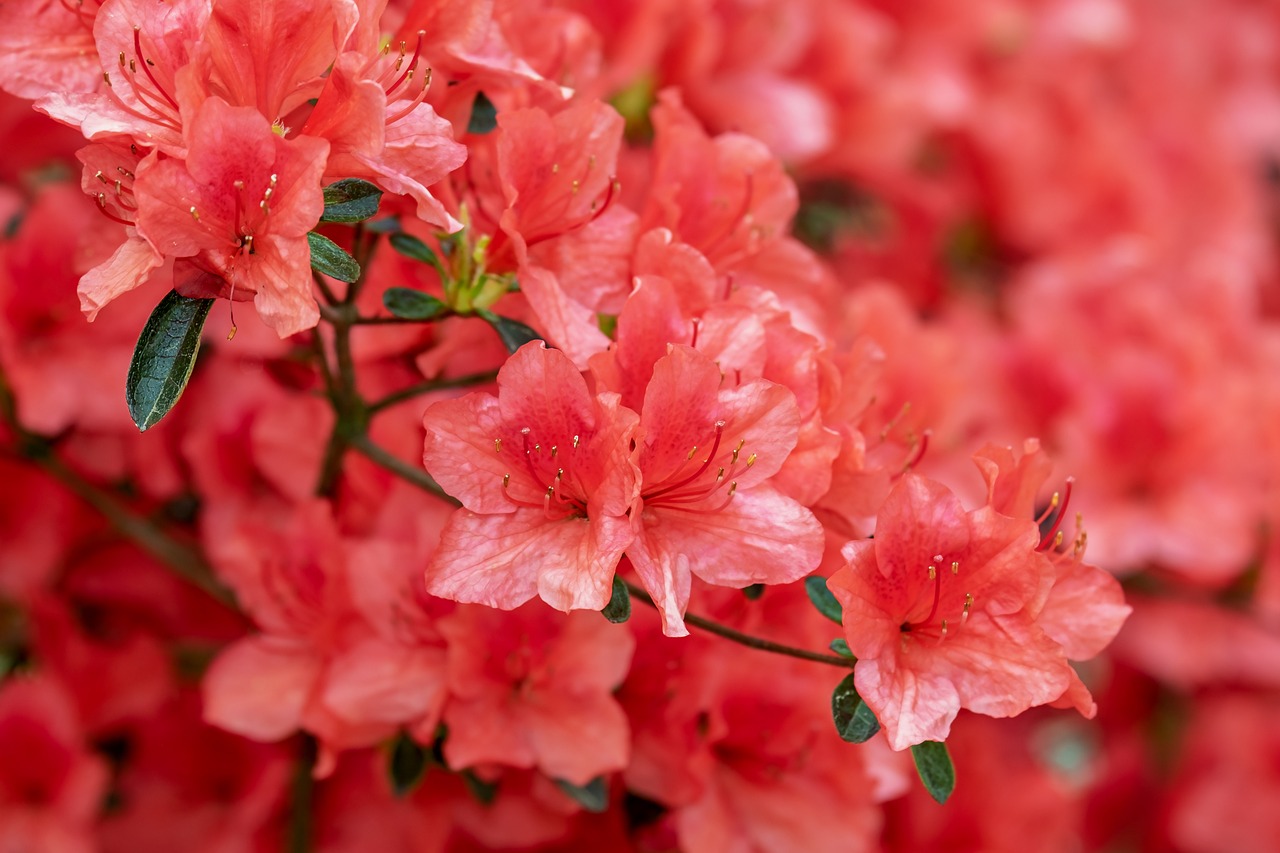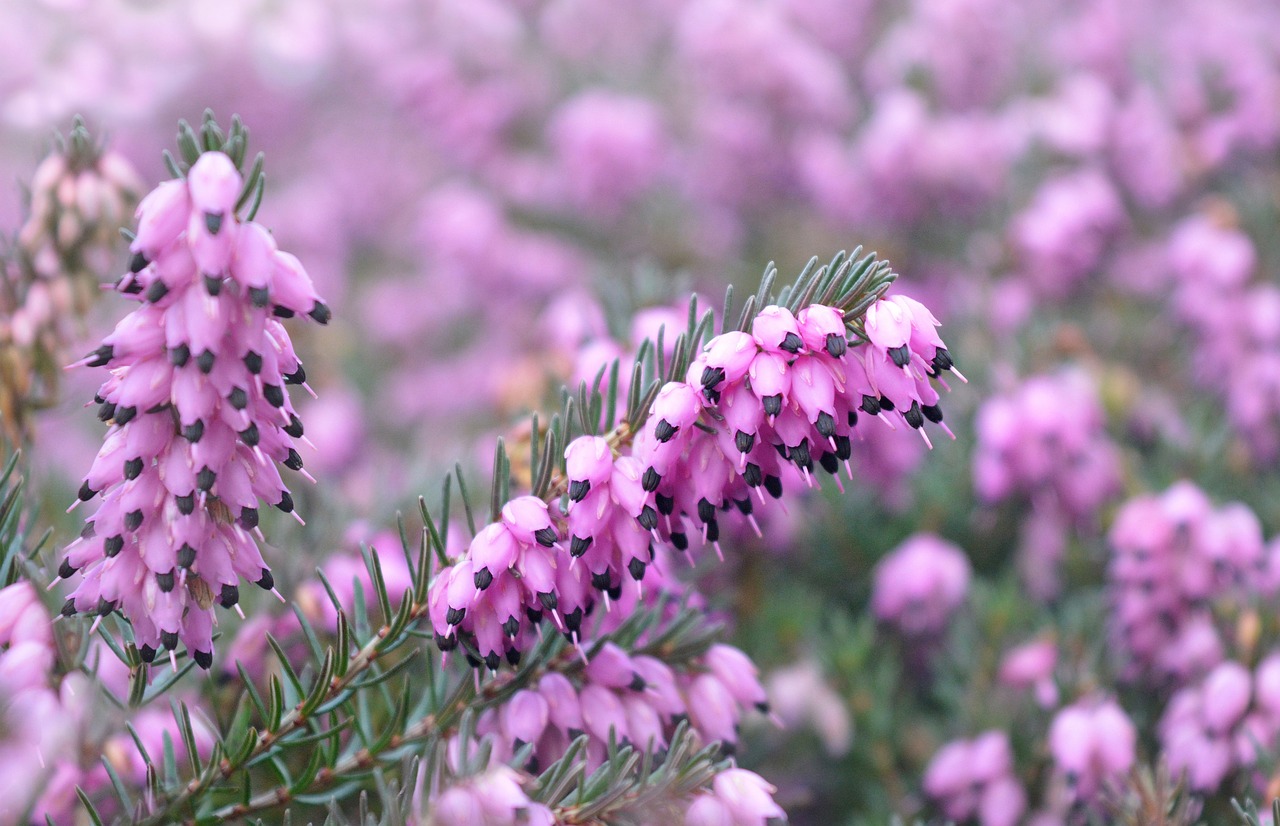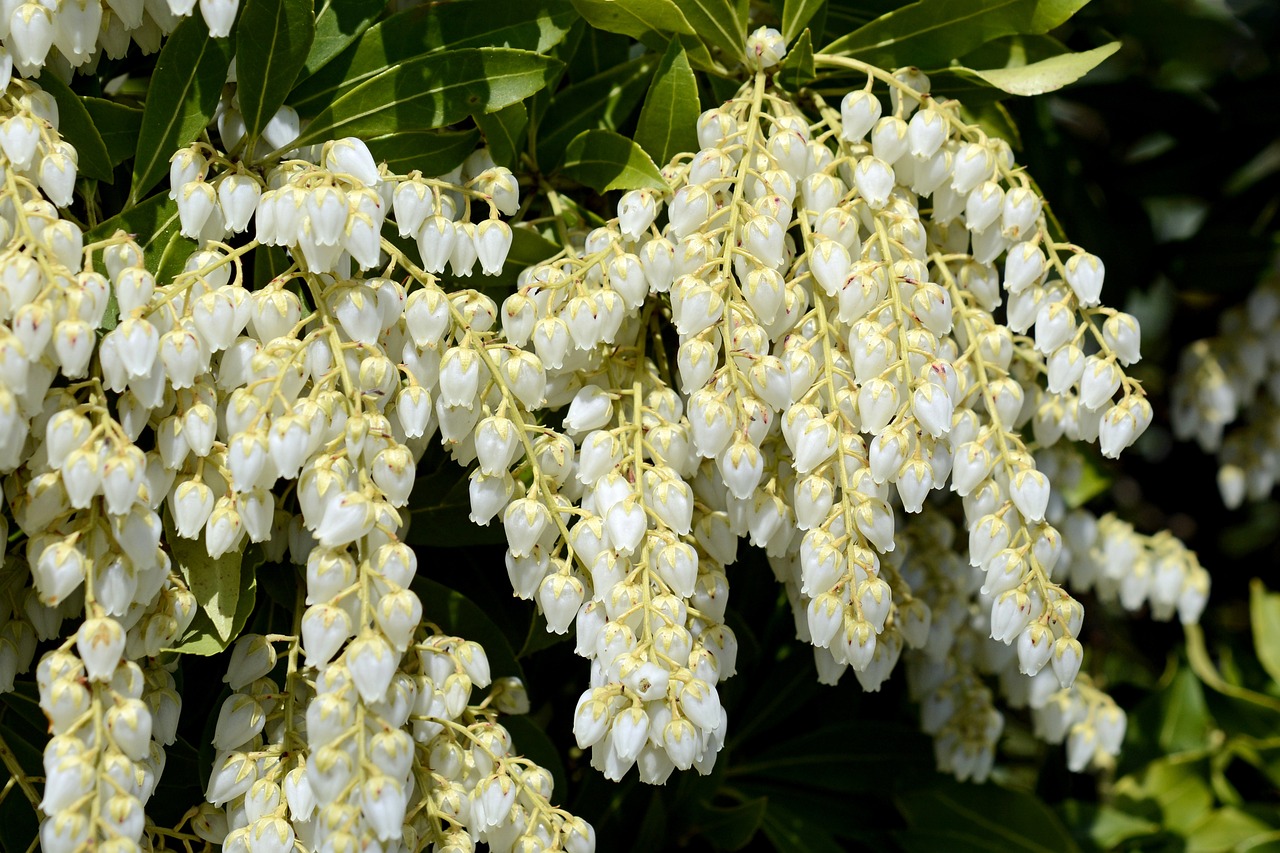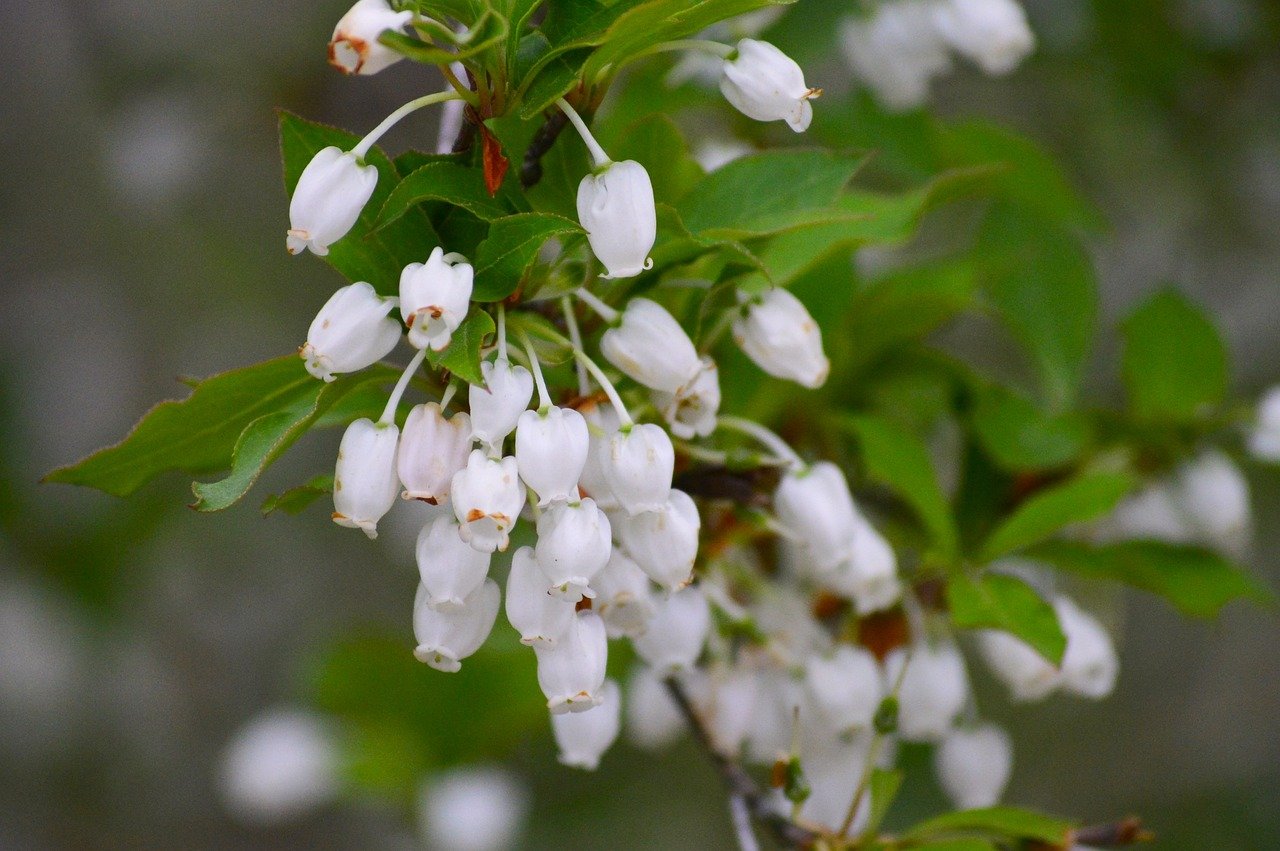Rhododendron | A Floral Messenger from the East that Captivated European Gardens
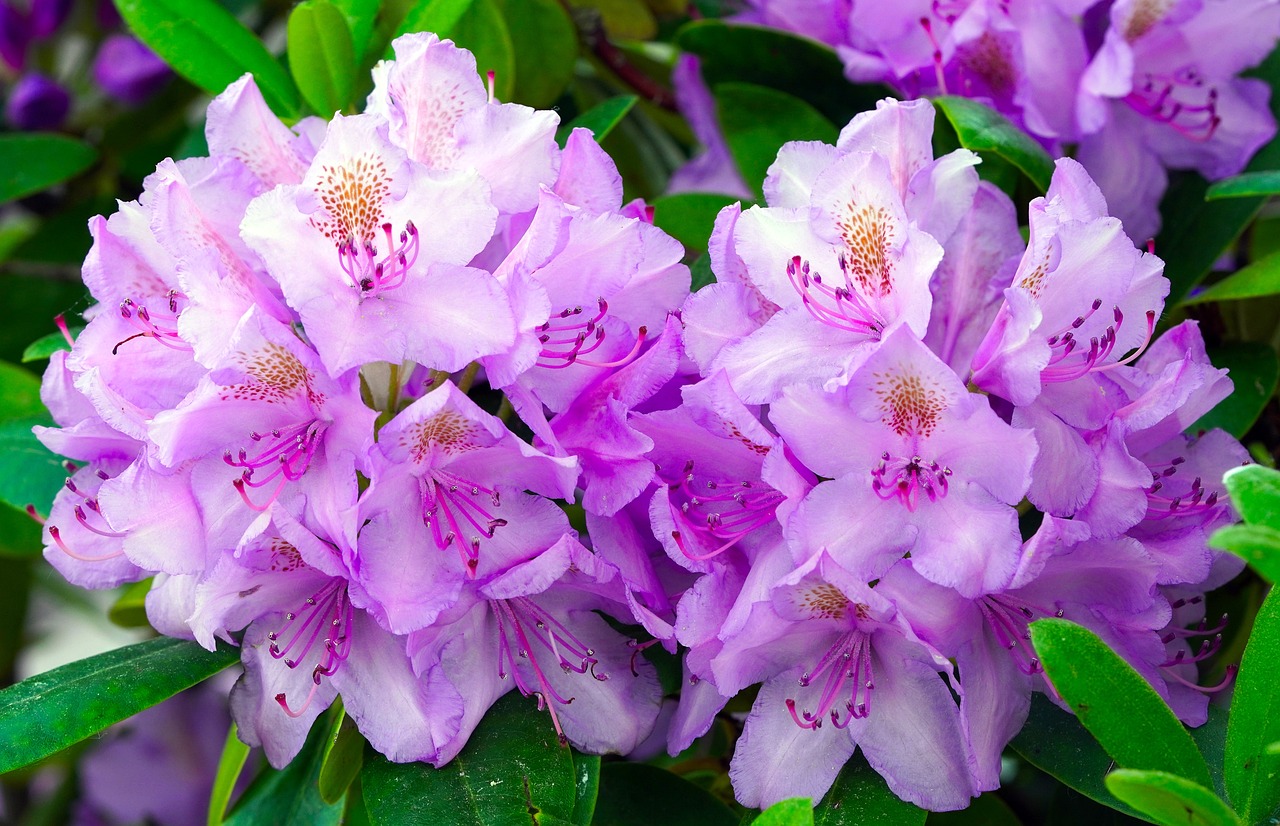
Rhododendrons are plants distinguished by their luxurious blossoms and glossy leaves, widely used as accents in gardens and parks.
Their large and showy flowers are cherished not only in Japan but also around the world, making them a favorite among gardening enthusiasts.
In this article, I explain in detail the basic information about rhododendrons, their cultural significance and historical anecdotes, as well as essential tips for successful cultivation.
Basic Information
- Scientific name: Rhododendron
- Family: Ericaceae
- Origin: Highlands of Asia, Europe, and North America
- Appearance: Rhododendrons produce large, rounded clusters of flowers in vivid colors such as red, pink, white, and purple. The leaves are leathery, glossy, and evergreen, offering year-round beauty.
- Blooming season: Spring (April–May), when they brighten gardens with their elegance.
Cultural Significance Around the World

The rhododendron has long been regarded as a symbol of elegance and grandeur in various regions.
In Japan, it is seen as a symbol of unattainable beauty, often used in expressions of refinement. It has also been cherished in traditional gardens for its ornamental value.
In Nepal, the rhododendron (locally called Laliguras) is the national flower. Growing naturally in highland regions, it heralds the arrival of spring and is celebrated in festivals and decorations.
In Europe, the rhododendron became popular as an ornamental plant during the Victorian era. Its beauty and hardiness made it a staple in British gardens and parks, where it came to represent prestige and sophistication.
Historical Background
The cultivation and hybridization of rhododendrons flourished in 19th-century Europe, when British plant explorers introduced varieties from the Himalayas and China.
It quickly attracted the attention of horticulturalists, leading to the creation of many hybrids.
In Japan, the plant was recognized as an ornamental species during the Edo period, especially in western gardens. By the Meiji era, the influence of European horticulture introduced new varieties, further enriching its diversity.
In the United States, rhododendrons thrive as highland plants and have become emblematic of the Appalachian landscape. They grow abundantly in national parks, enchanting visitors with their natural beauty.
Gardening Advice
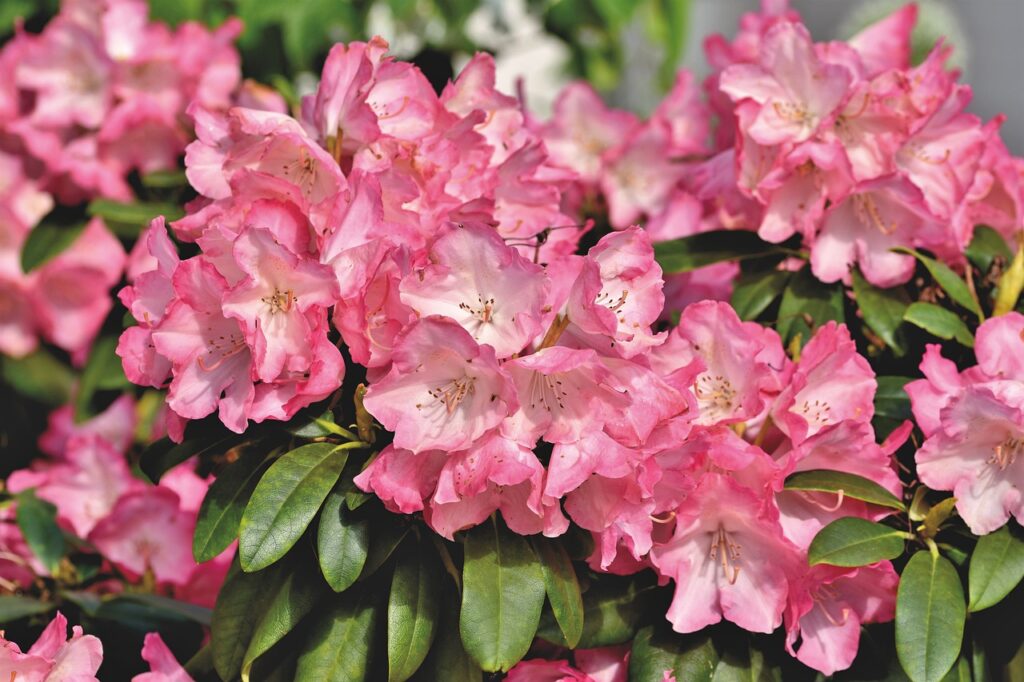
To enjoy abundant blossoms, proper growing conditions are essential.
Light
Prefers partial shade to dappled light. Direct midday sun may scorch the leaves. A site with morning sunlight and afternoon shade is ideal.
Watering
Keep the soil moist but well-drained. Water generously when the surface dries, while avoiding waterlogging. Pay special attention during dry seasons.
Soil
Acidic soil is best. I recommend using commercially available soil mixes for azaleas and rhododendrons. Ensure both drainage and moisture retention.
Fertilizer
Apply slow-release fertilizer in early spring, and again after flowering to encourage next year’s growth.
Pruning
Remove spent flowers to conserve energy. Light pruning after blooming helps maintain shape.
Winter care
Although hardy varieties exist, mulching around the base offers protection in harsh winters.
Conclusion
The rhododendron, with its splendid flowers and evergreen leaves, is a plant that enriches gardens and parks all year round.
By learning about its cultural and historical significance across Japan, Europe, and America, I believe we can appreciate its charm on a deeper level.
I encourage you to add rhododendrons to your garden and enjoy their refined beauty.

